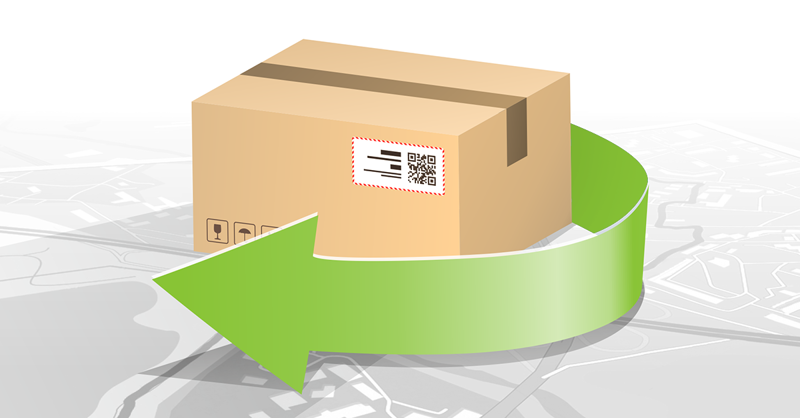We all know that what goes up must come down. However, when it comes to eCommerce, too often, what’s sent out will come back.
Not surprisingly to some e-tailers, 30 percent of items purchased online are returned, compared to less than 9 percent of brick-and-mortar purchases in 2016, according to reports. To compete in the rocky waters of eCommerce, and maintain customer loyalty, processing those returns quickly, easily, and for free is almost as important as selling them in the first place.
Trial and Error
There’s something to be said about try it before you buy it. However, with online shopping, that isn’t necessarily part of the equation. Add to that items bought online as gifts and the odds of returns go up—unless grandma is happy with anything she gets [Super Mario Odyssey, really??]. It’s inevitable some items are going to be coming back.
Now, of course, not every return is because someone ordered a sweater that was too big [or too ugly]. Some of the issues that lead to these returns can be traced back to the fulfillment and shipping processes as well.
As many as 43 percent of returns can be attributed to shipper errors, according to a Business2Community report, with 20 percent saying it was a damaged product and 23 percent saying they received the wrong item.
While some e-tailers continue to look at returns as an afterthought or negative and thus don’t always have a solid plan, others are flipping returns on their head and using them to boost reputation and profits. The Business2Community report showed that 92 percent of consumers would buy something again if the return process is easy.
“There are a couple of different philosophies e-tailers have when it comes to returns. If I make it easy, it will increase my returns such as someone ordering three items to try and only keeping one,” says Kevin Brown, a Vice President for Fulfillment and Parcel Solutions at Pitney Bowes, an eCommerce services provider. “Others view a solid returns policy as a competitive advantage and understand that easy returns help build loyalty and make it more likely that the consumer will continue to shop with them again. Merchants are using the return vehicle to drive sales, and that is what we are helping them to achieve.”
Returning to Sales
A solid return policy may not just help you with a customer post-purchase, it can help you make the sale in the first place. According to the UPS Pulse of the Online Shopper study, 66 percent of shoppers review a retailer’s return policy before making a purchase. Perhaps more important is that the survey found that 15 percent abandon a cart when the return policy is unclear. So even if you have a great—and easy—return policy, you need to be sure that it is as easy to understand quickly, or you may just lose a sale.
And, just like your initial shipping, you are going to want to make your process as efficient as possible, because increasingly the business is going to eat the cost of the return. More than two-thirds (76 percent) of those who responded to an NPR/Marist survey said a free return policy influences their decision to make the purchase in the first place.
Offering a customer-friendly returns policy takes some finesse, planning, and sometimes the help of a service provider and third-party software.
“There are multiple ways for our clients to get return labels into their customers’ hands. They can include a return label in every box or allow customers to create them through an online return portal,” says Jim VanderMeer, Vice President of Business Development for Fulfillment and Parcel Solutions at Pitney Bowes. “Our clients can even issue online RMAs (return merchandise authorizations), so they know in advance what’s coming back and why. That empowers them to credit customers before getting the merchandise back, speeding up that process and providing them with a tremendous competitive advantage.”
A range of options allows retailers to choose how to make returns work for them, according to VanderMeer.
“Clients who want some extra help and expertise are using the Newgistics SmartLabel+ solution, where we actually receive and process returns at one of our nine facilities. We open the box, validate the return, and disposition it in whatever way the retailer specifies,” he notes. “It streamlines the whole process and accelerates credits, which is key to customer satisfaction.”
In addition to new efficiencies, Brown adds that e-tailers can gain a number of other advantages since most of them focus on sales and order fulfillment—not returns.
“Most eCommerce companies are good at fulfillment. Returns are not a core function,” he says. “With Pitney Bowes, retailers can receive reports that help them adjust inventory based on merchandising and fulfillment information captured during the returns process. That’s another way returns can be leveraged to control costs.”
Returns can impact a retailer’s bottom line in many different ways—from upfront sales to operations to customer satisfaction—so it pays to invest in this aspect of the business that many e-tailers tend to neglect.
